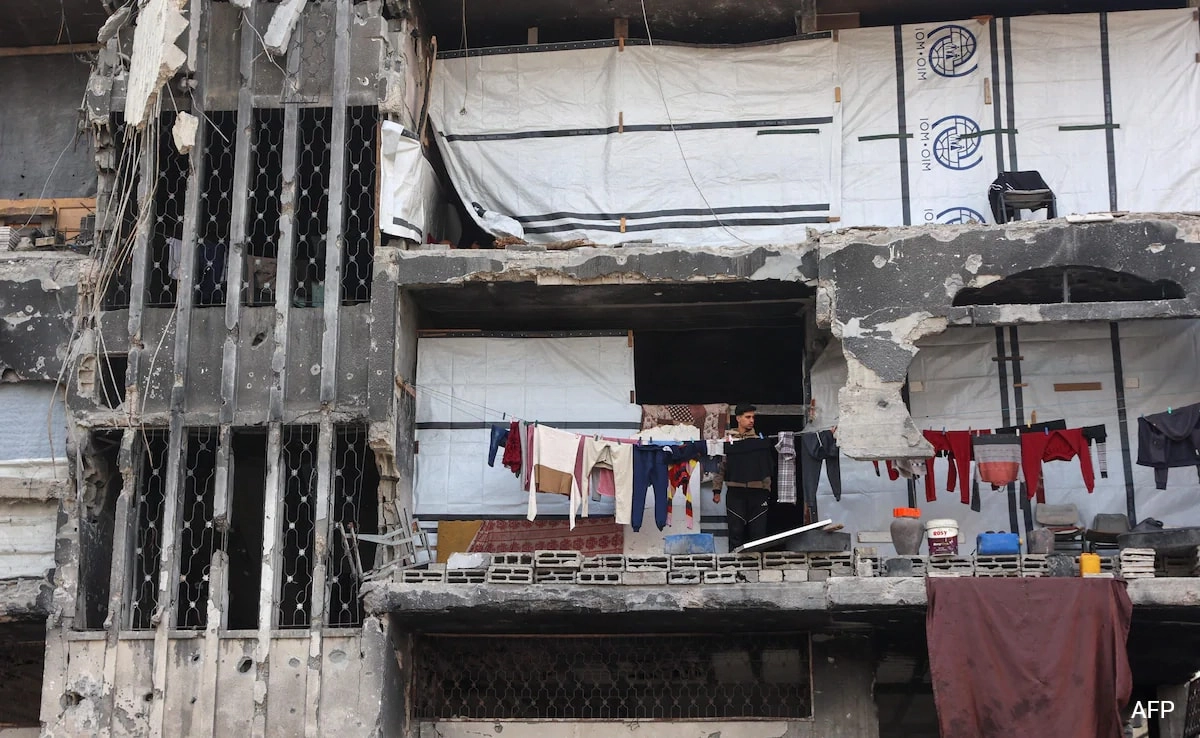The Vatican, as a unique entity that serves as the spiritual and administrative center of the Roman Catholic Church, employs a complex system for managing its financial resources. The Holy See oversees a diverse array of financial activities, including investments, real estate holdings, and donations from the faithful. The Vatican’s financial management is primarily conducted through its various departments, with the Secretariat for the Economy playing a crucial role in ensuring transparent and effective oversight. This body is tasked with streamlining the Vatican’s financial operations and promoting greater accountability in how funds are utilized. The Vatican also invests in diverse assets, including stocks, bonds, and real estate, which can provide stable revenue streams to support its numerous charitable and operational endeavors.
In addition to traditional financial management practices, the Vatican relies heavily on the generosity of its global congregation. Donations, particularly from wealthy benefactors and churchgoers, form a significant part of the Vatican’s income. Special collections, fundraising events, and even the sale of religious artifacts contribute to its financial resources. However, the need for transparency has prompted the Vatican to review and reform its financial practices, especially in light of past scandals related to financial mismanagement. Pope Leo XIV, should he assume the papacy, would face the challenge of continuing these reforms while seeking innovative ways to bolster the Vatican’s income.
To find additional financial resources, Pope Leo XIV could explore various avenues. One potential strategy might involve enhancing the Vatican’s engagement with the global digital economy. By investing in technology and digital platforms, the Vatican could reach a broader audience, allowing for increased online donations and crowdfunding initiatives. Additionally, promoting the Vatican’s cultural treasures through tourism could serve as a lucrative revenue stream. By improving visitor experiences and expanding access to the Vatican Museums and other historical sites, the Holy See could attract more pilgrims and tourists alike. This approach not only generates income but also strengthens the Vatican’s position as a cultural and spiritual beacon.
Moreover, the Vatican could consider strategic partnerships with charitable organizations and corporations to further its mission while also securing financial backing. Collaborations focused on social justice, education, and health care could not only bolster the Vatican’s philanthropic efforts but also create mutually beneficial financial arrangements. Pope Leo XIV’s leadership would be instrumental in navigating these partnerships while maintaining the Church’s mission at the forefront. The financial landscape of the Vatican is complex, but with innovative thinking and strategic reforms, there are ample opportunities for growth and sustainability in the future.




